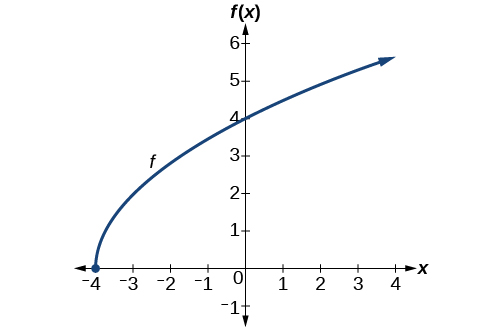2.5 Finding Domains and Ranges of the Toolkit Functions
We will now return to our set of toolkit functions to determine the domain and range of each.
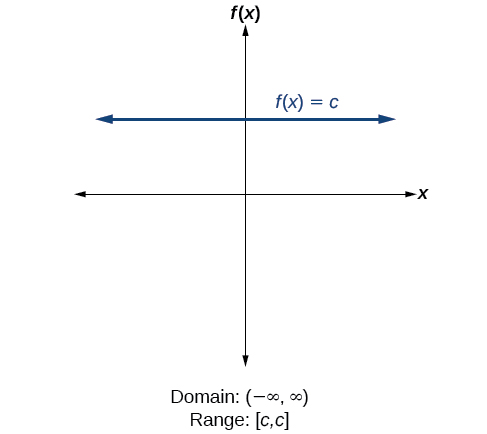
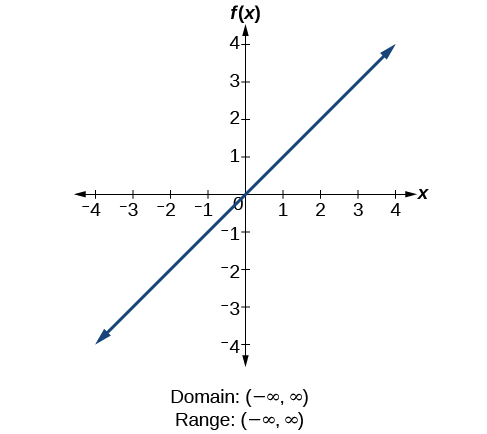
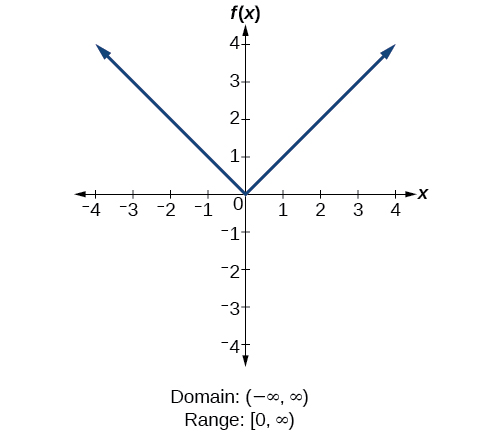
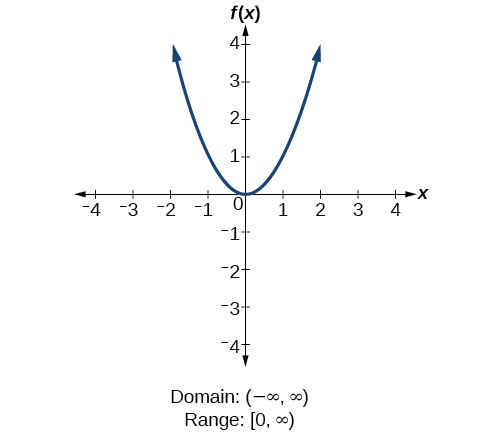
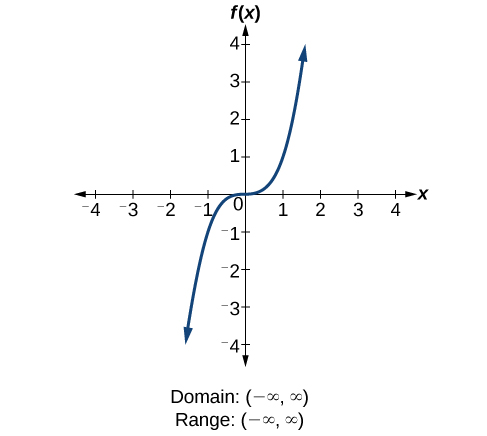
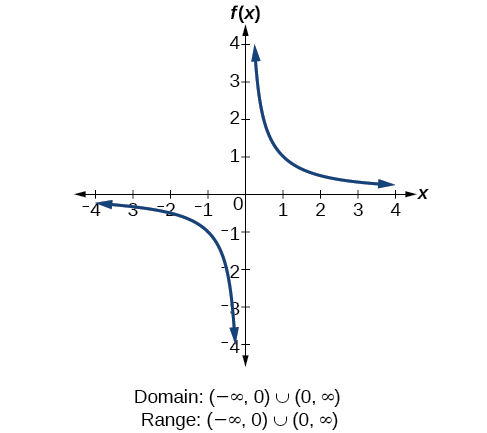
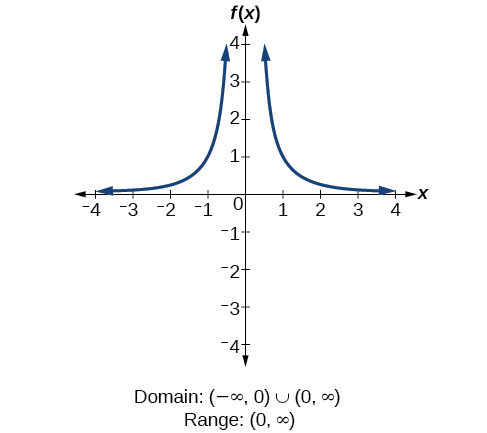
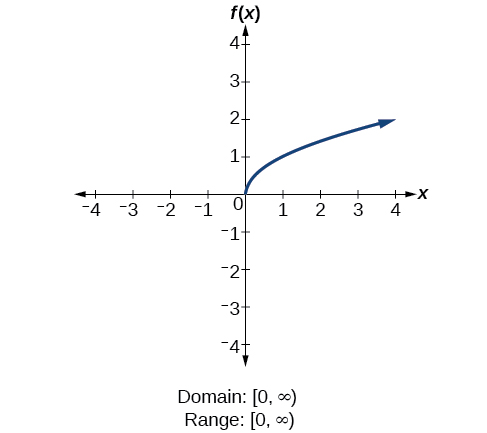
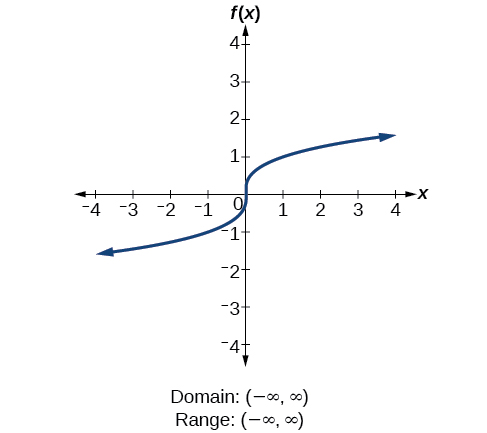
How To
Given the formula for a function, determine the domain and range.
- Exclude from the domain any input values that result in division by zero.
- Exclude from the domain any input values that have non-real (or undefined) number outputs.
- Use the valid input values to determine the range of the output values.
- Look at the function graph and table values to confirm the actual function behaviour.
Example 1: Finding the Domain and Range Using Toolkit Functions
Find the domain and range of [latex]\text{}f\left(x\right)=2{x}^{3}-x[/latex].
Example 2: Finding Domain and Range
Find the domain and range of [latex]\text{}f\left(x\right)=\frac{2}{x+1}[/latex].
Example 3: Finding the Domain and Range
Example 4: Finding the Domain and Range
Find the domain and range of [latex]\text{}f\left(x\right)=-\sqrt{2-x}[/latex].
Access for free at https://openstax.org/books/precalculus/pages/1-introduction-to-functions

